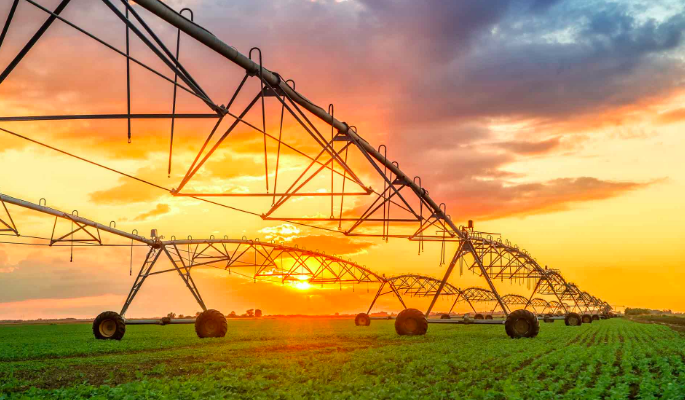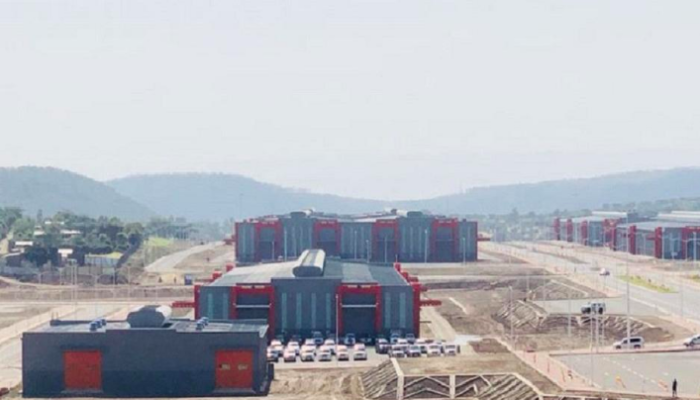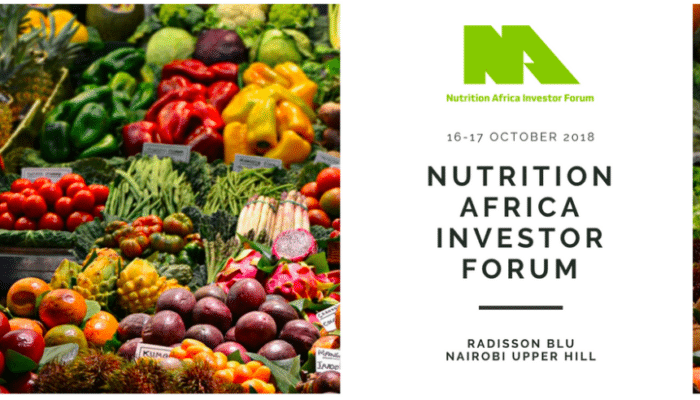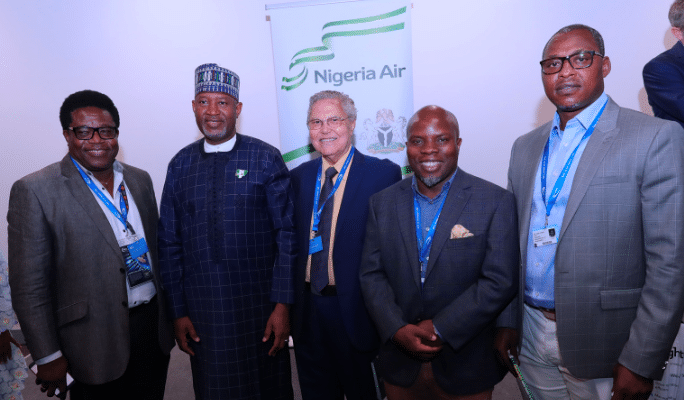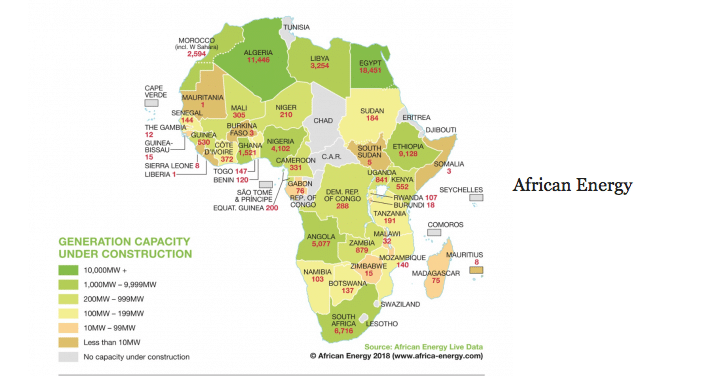Deputy Director General of the China International Import Expo (CIIE) Bureau, Ms. Zhong Xiaomin, has informed journalists that over 100 African companies have already signed up for the event that is to be held in Shanghai this November.
Speaking Thursday, 19th July, at the National Exhibition and Convention Centre in Shanghai, she said the 100 companies are coming from 38 African countries.
She noted that China wants to share the experience of her progress with countries around the world, adding that CIIE is a bold step taken by the Chinese government to open up its market to the world.
“This is also a platform where countries will show what they can produce to the rest of the world. It is China’s wiliness and determination to expand export. The participatory countries are those from developing and least developing economies. The President of Kenya, among other presidents, will be attendance,” she disclosed.
Ms. Zhong revealed that at the initial stage of the preparation for CIIE, they apportioned space of 210,000 square metres for the exhibition, but as more participating countries continued to show interest and they didn’t want to leave anyone out, thus has increased the space to 270,000 square metres.



